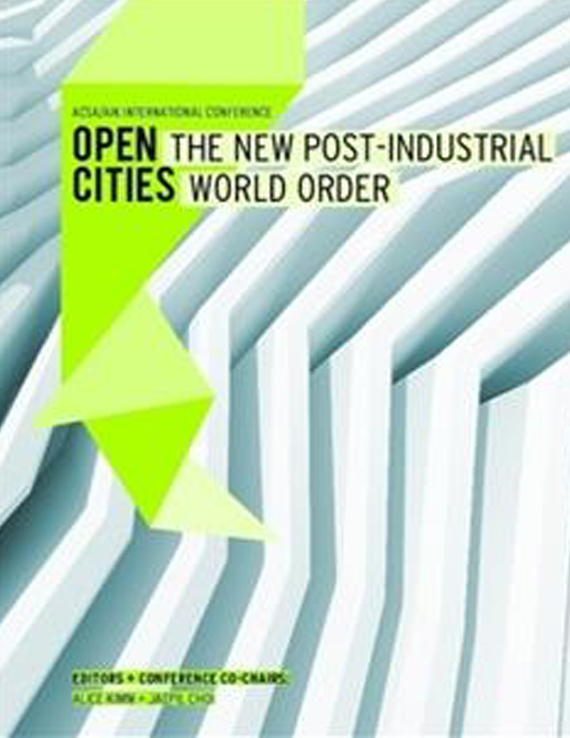Author(s): Bartlomiej K. Sapeta
Eminent domain legislation affects private real estate ownership and creates an urbandevelopment platform responsible for dynamic evolution of modern cities. Additionally,the presence of clear distinctions between land surface and undergroundinfrastructure, and mineral and air rights, transforms a fairly horizontal pattern of atraditional polis into a multi-layered, increasingly more vertically oriented organism,comparable in principle and complexity to an ecosystem of a tropical forest. This intricateconfiguration is also affected by solar and water rights being traded similarlyto other commodities available in a free market economy. Still, new zoning trendssuggest codification of all facets of urban development according to the triple bottomline philosophy: profit, sustainability, and social justice. Thus, the progress ofmunicipal expansion can be explained through the theory of “an invisible hand of themarket” propelling human desire to research, innovate, and transform by embeddingsequential records of socio-economic changes in elaborate cultural landscapes.While no modern metropolis approaches the visual chaos of a futuristic city portrayedin the movie “Fifth Element”, the patterns for upcoming multidimensionalinterventions within the urban fabric are clearly visible and quite ready for implementation.From self-driving cars and ultra fast mass transportation systems toaugmented reality, micro apartments, and vertical farming, the experience of thenext generation of urbanites will clearly encroach on today’s science fiction.This paper discusses the future of a city as an organism dependent on carefullyplanned obsolescence embracing “cradle-to-cradle” design philosophy that definescontemporary sustainability movement and lays foundations for potentiallyholistic yet “sanitary in their outcomes” design approaches. At the core of the cultureof planned obsolescence is a new paradigm of aiming for all human creationto be equipped with an expiration date where buildings will be substituted withnew structures providing latest features, enhancing environmental controls, andimproving healthy living conditions.On a very rudimentary level this concept is hardly a novelty. In the complexities oftoday’s real estate market, land leases expire regularly and building interiors changetenants and occupancy types according to the rhythms of economic activity. Still, theidea of an entire cityscape being regulated on par with the realms of manufacturingand entertainment industries that regularly churn out new releases of digital gadgetsand desired realities, seams unattainable if not farfetched due to the physical scale,logistical complexities, and regulatory interdependencies of a modern megalopolis.If left unchecked, the “invisible hand of the market” might cripple human abilityto identify with the origin and context of material history derived from cultural activitiesof our ancestors. The life-long multi-sensory exposure to the past will onlybe substituted by increasingly more virtual and augmented realities, eventuallyreinforcing platonic relationships. Therefore future cultural landscape might loseits ability to accumulate knowledge because entire layers of its composure will bereplaced at specified intervals.
Volume Editors
Alice Kimm & Jaepil Choi
ISBN
978-0-935502-91-6

 Study Architecture
Study Architecture  ProPEL
ProPEL 
